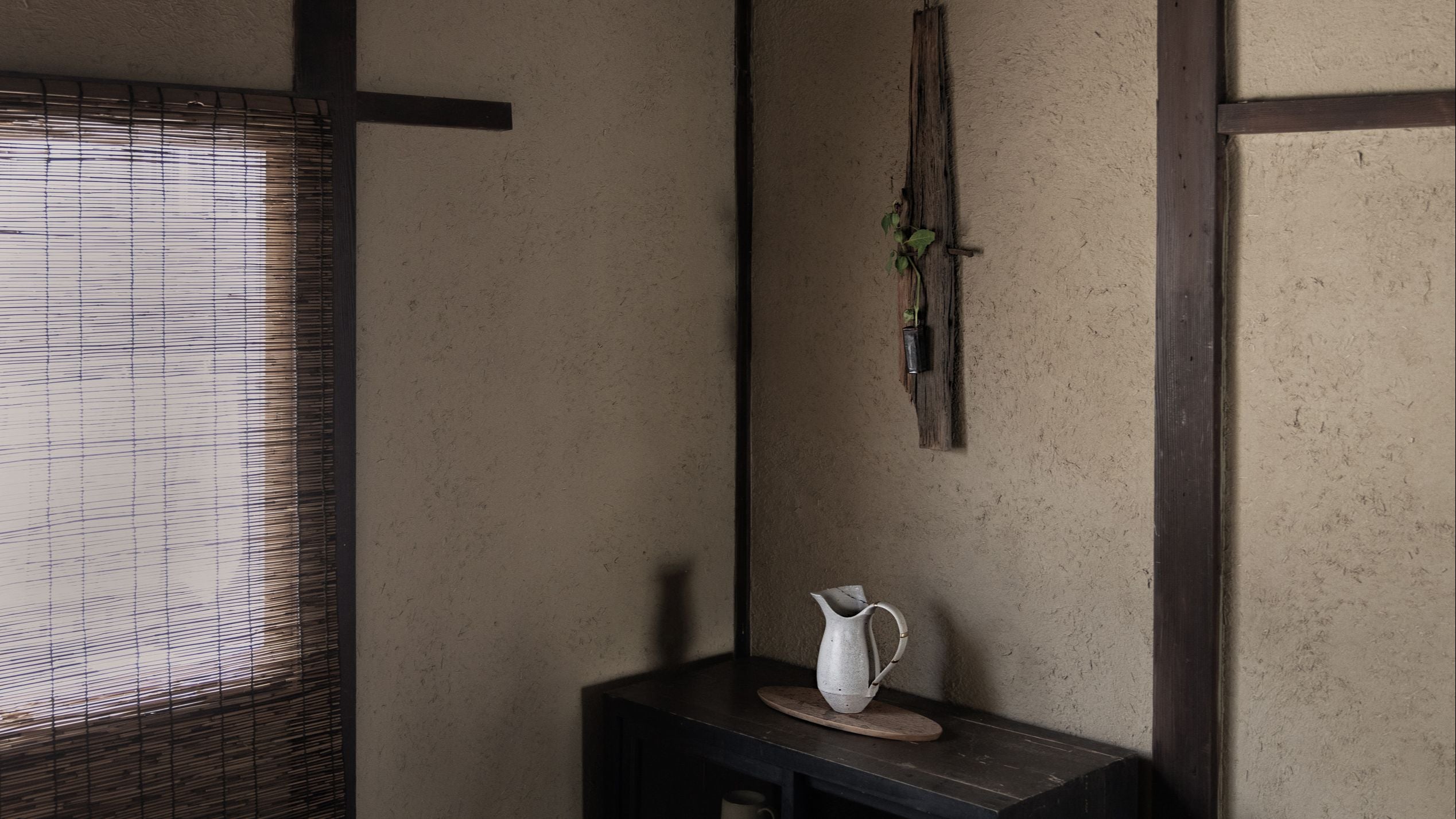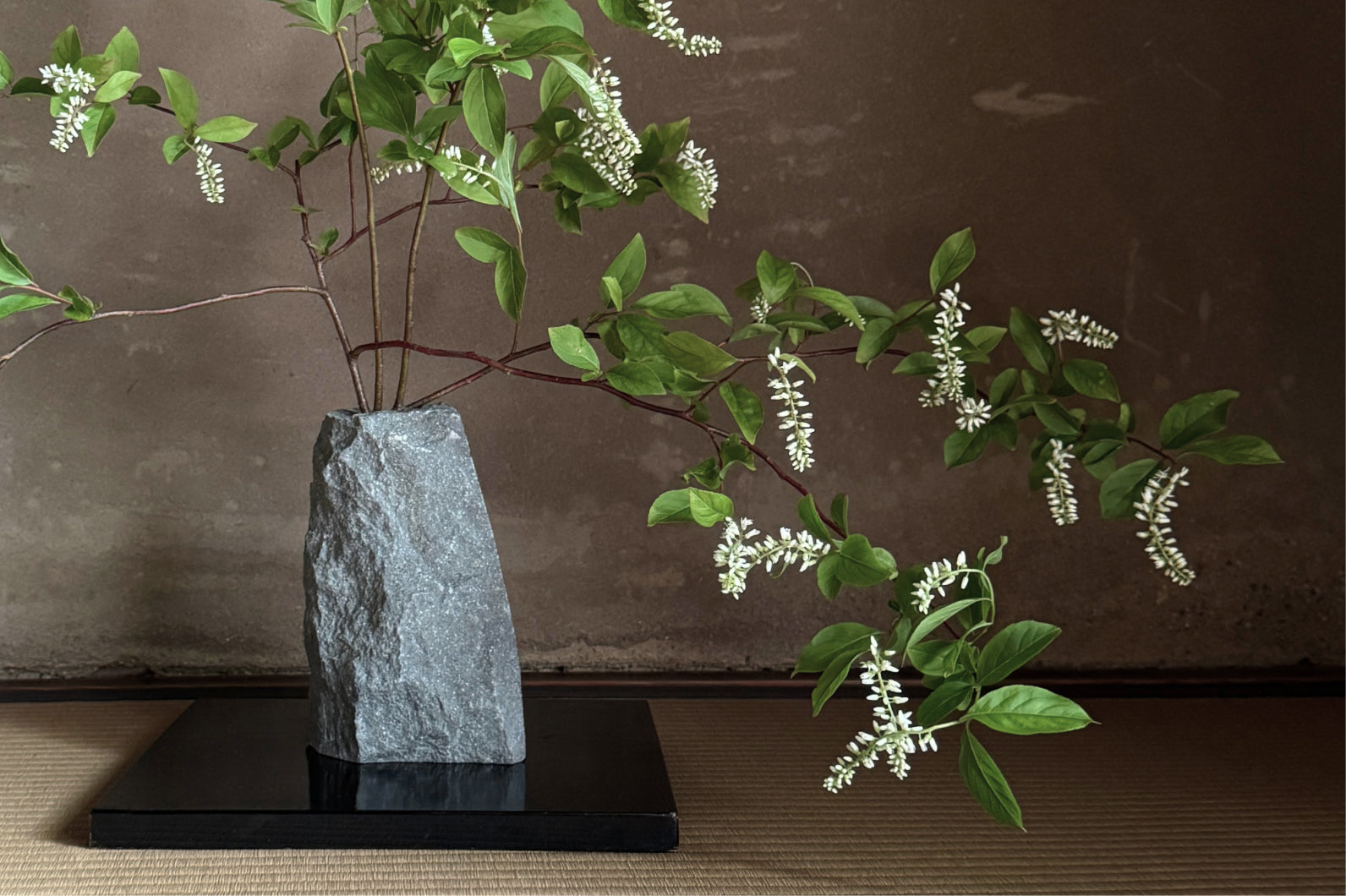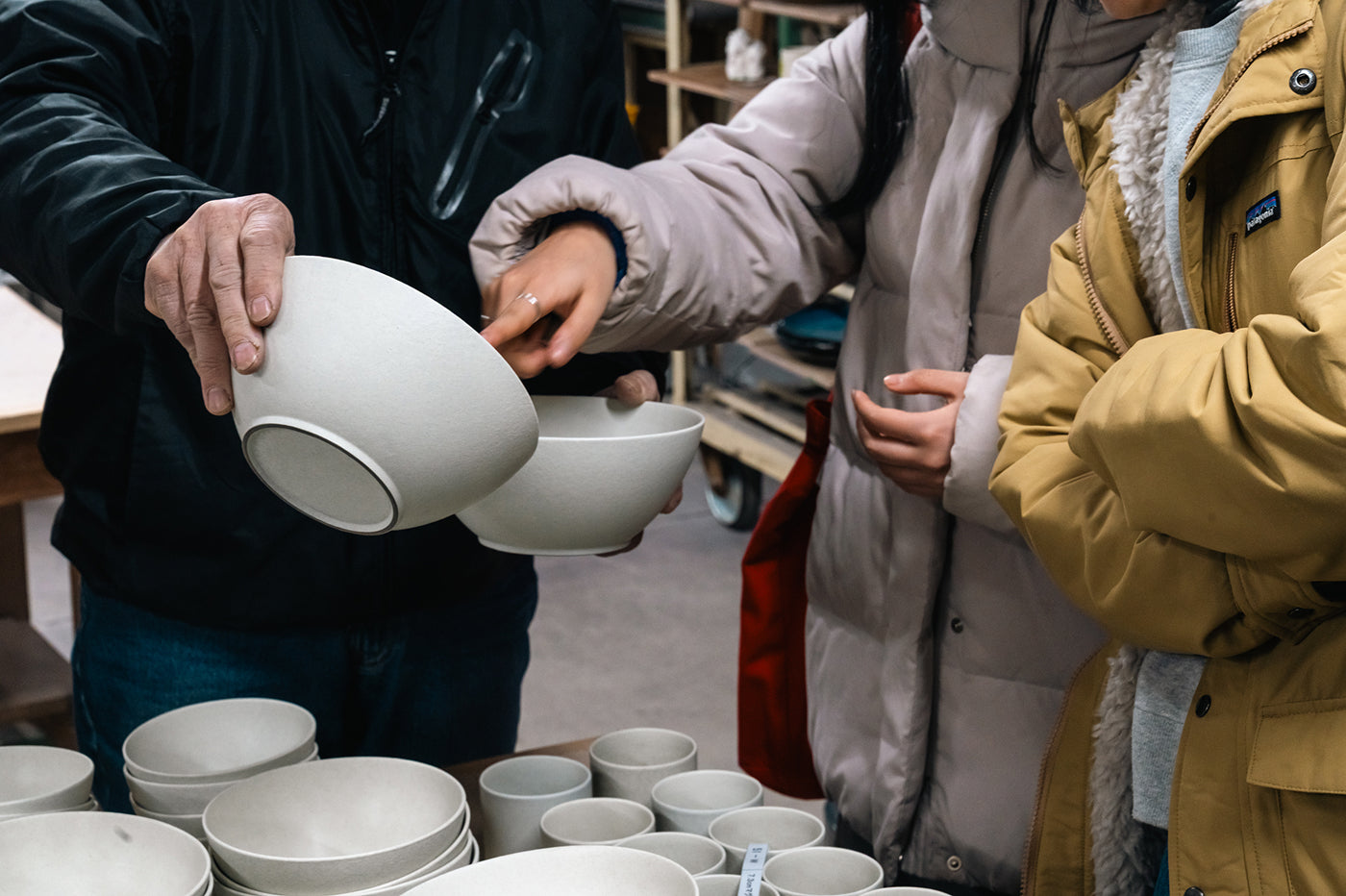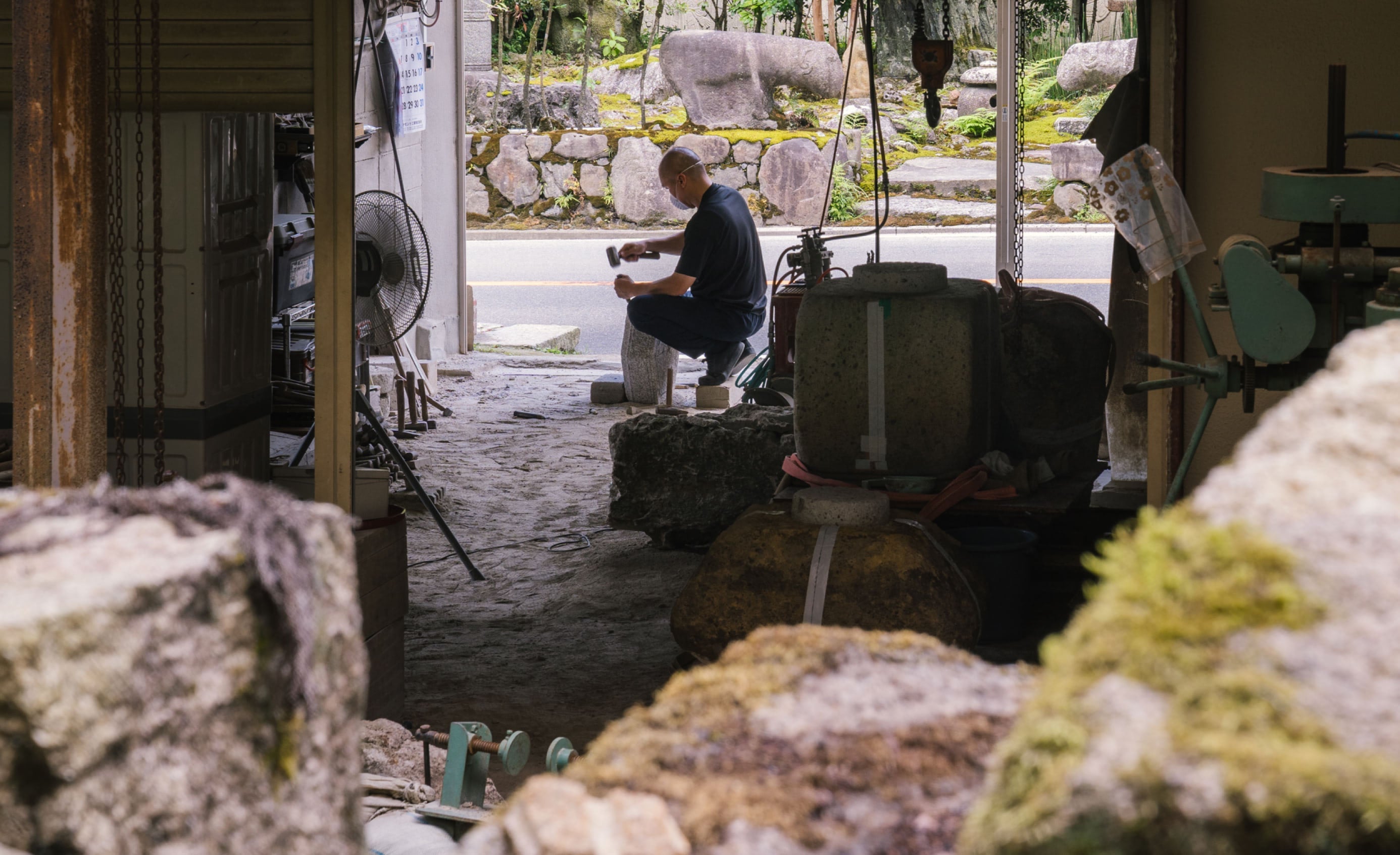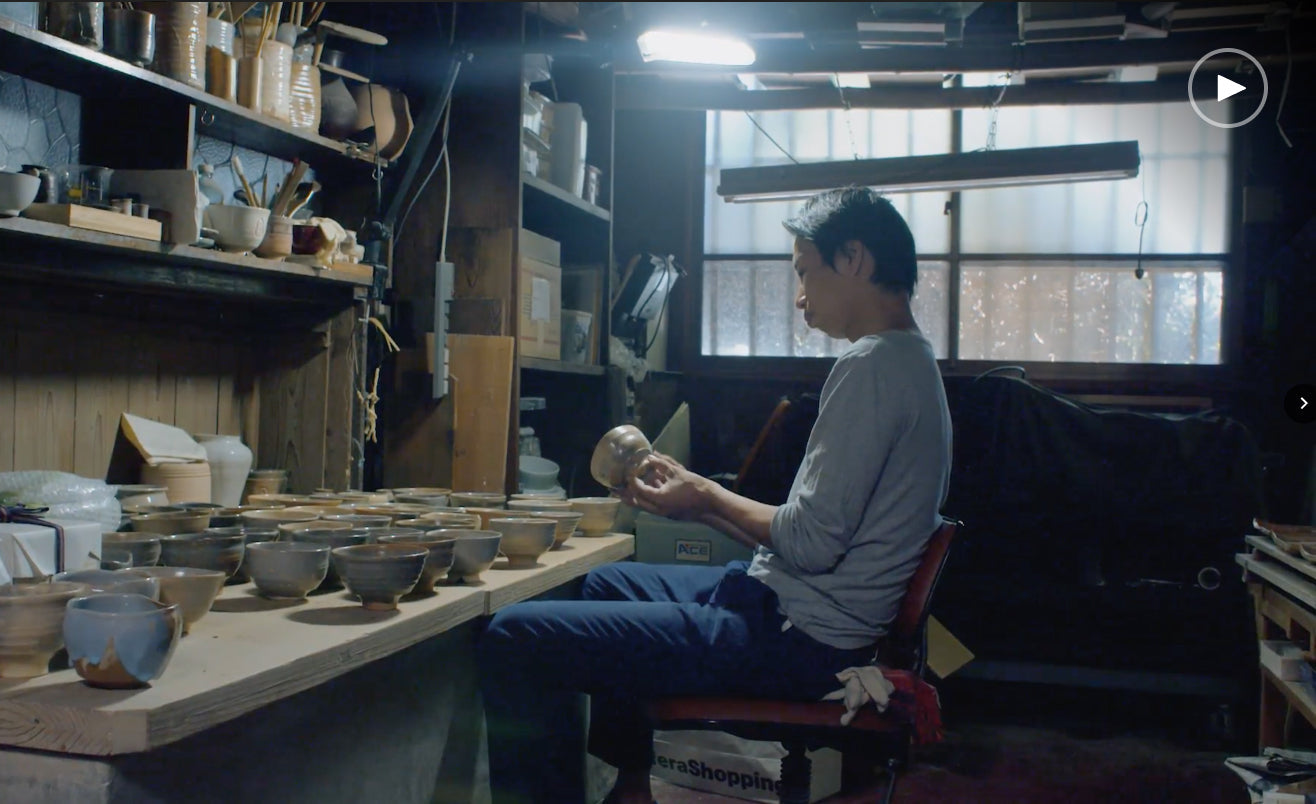With every decade, wabi sabi has become increasingly more commonplace, while simultaneously increasingly more confusing, as people here and there and everywhere attempt to verbalize the phrase. Perhaps what scares humans most or makes us most uncomfortable, is being unable to explain something. But the first thing to note about the Japanese way of being is that what can be considered as an academic concept or spiritual philosophy in other parts of the world, more often than not is more of a feeling or inkling and cannot be (and there isn’t a need to) articulate it into words. The latter, “there isn’t a need to”, may be difficult to grasp in itself. All of this combined is what likely leads to the mysterious vail over wabi sabi. The intangibleness of it all.
Wabi sabi is one of the aesthetic sensibilities of Japan. One that is not simply visual, but tickles each of the senses. The words “wabi” and “sabi” have been used in written poetry, recorded as far back as the 700s. And likely used for many centuries before. As Zen Buddhism entered and spread across Japan in the 12th and 13th century, picked up by the samurai and intelligentsia crowd, so did wabi sabi. Of the many who had taken to Zen Buddhism includes Yoshimasa Ashikaga, the Kyoto shogunate who is behind the proliferation of tea ceremony and development of kintsugi-repair.
WABI 侘び
Yielding and accepting the bitter despair that is very much part of life. As it is in our power to find quiet enjoyment in it all.
SABI 寂び
Recognizing the depth that only exists in the withering. As it is in this that we find the distinctively unique.
To oversimplify, wabi sabi is a vibration. Do you feel that feeling?
Let’s get comfortable with being uncomfortable. That everything, including how we interpret wabi sabi, is both personal and universal at the same time.
Let’s get comfortable with broken pieces. They are a sign that we are alive, conscious of change and evolving form.
And let’s get comfortable with that feeling that you get when you see the keshiki the landscape or scenery made by the lines and shapes highlighted through the kintsugi-repair process.


